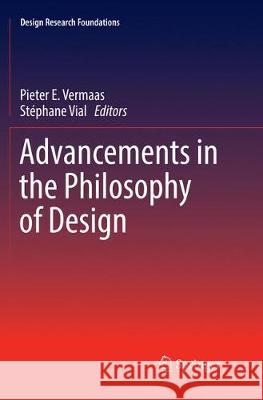Advancements in the Philosophy of Design » książka
topmenu
Advancements in the Philosophy of Design
ISBN-13: 9783030103514 / Angielski / Miękka / 2019 / 564 str.
Kategorie BISAC:
Wydawca:
Springer
Seria wydawnicza:
Język:
Angielski
ISBN-13:
9783030103514
Rok wydania:
2019
Wydanie:
Softcover Repri
Ilość stron:
564
Waga:
0.90 kg
Wymiary:
23.37 x 21.34 x 2.54
Oprawa:
Miękka
Wolumenów:
01











